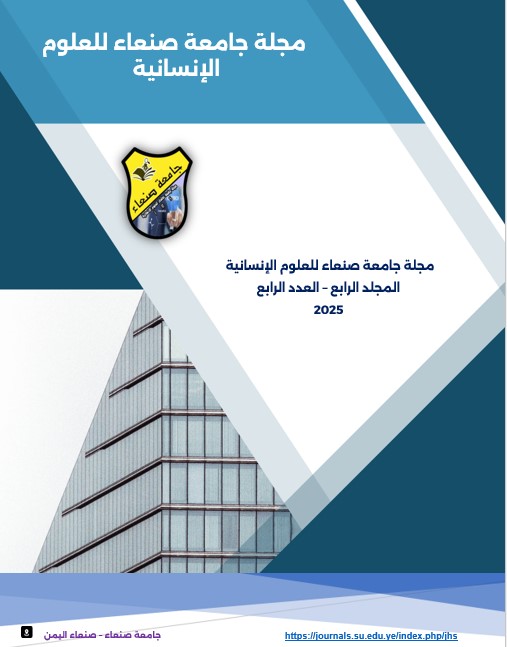Property right according to Imam Al-Murtada Muhammad bin Imam Al-Hadi and Yemeni law, a comparative study
Main Article Content
Abstract
The right to property is one of the original rights, as it is part of human rights, and is characterized by an economic and social nature. It has been studied and regulated in various ancient and modern laws. The research problem arises in the following question: What is the concept of the right of property according to Imam al-Murtada, as well as Yemeni law? Is the right to property according to Imam Al-Murtada and Yemeni law absolute or restricted? What are the restrictions on the queen's right? To what extent does Yemeni law agree with Imam Al-Murtada on the above issues?
As for the approach followed in the research: there are three approaches: The inductive approach: This is in tracking the texts related to the right of ownership according to Imam Al-Murtada, as well as Yemeni law.
- The descriptive and analytical approach: This is done by describing and analyzing texts related to the right of ownership according to Imam Al-Murtada, as well as Yemeni law.
- Comparative approach: This is through comparison between the texts of Imam Al-Murtada and the law regarding the right to property.
The most important results reached by the research:
- The concept of ownership according to Imam Al-Murtada, as well as Yemeni law: It is an authority that the Sharia or the law grants its owner over a specific thing to use, exploit, and dispose of in accordance with the Sharia or the law.
- The right of ownership, although it is an original human right, is not absolute in circumstances according to Imam al-Murtada and Yemeni law.
- There are restrictions on the right of ownership according to Imam al-Murtada and Yemeni law, which include not being arbitrarily used, the right to irrigation and drainage, and the right to views and skylights.
- The Yemeni Civil Law agrees with Imam Al-Murtada in matters of property rights in most of the issues presented for study.
Downloads
Article Details

This work is licensed under a Creative Commons Attribution-NonCommercial-NoDerivatives 4.0 International License.

